The History of Crane Currency
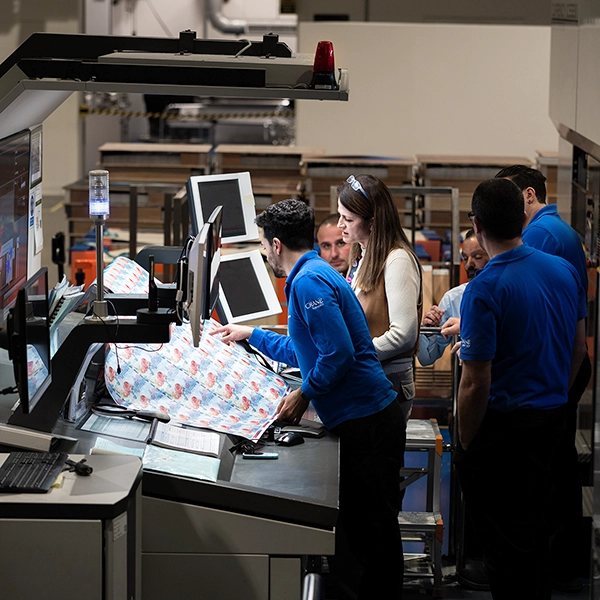
Today
GLOBAL BANKNOTE PRINTER
Crane Currency, part of Crane NXT, is a world leader in printing secure, durable, and beautifully designed banknotes for over 50 central banks. But our journey from a small family-run papermaking company to a global banknote printer began over 200 years ago in the US and Sweden.
2018
MODERN & ENERGY-EFFICIENT
In February 2018, Crane Currency opened a cutting-edge, 14,000 square meter (150,000 square foot) facility in Ħal Far, Malta. This state-of-the-art plant, the first new commercial banknote printing facility in decades, uses modern and energy-efficient equipment to create secure and customized banknotes.
2005
MOTION® IN MOTION
The micro-optic technology behind MOTION® made its first conference appearances. After acquiring the technology from its inventors, Crane launched MOTION, a security thread that debuted in the Swedish 1,000 kronor note.
2002
ONE OF THE OLDEST MILLS IN THE WORLD
When the Swedish Central Bank (Sveriges Riksbank) decided to outsource banknote production, Crane Currency took over Tumba Bruk. The mill has manufactured paper, banknotes and security documents since 1755, making it one of the world’s oldest mills of its kind.
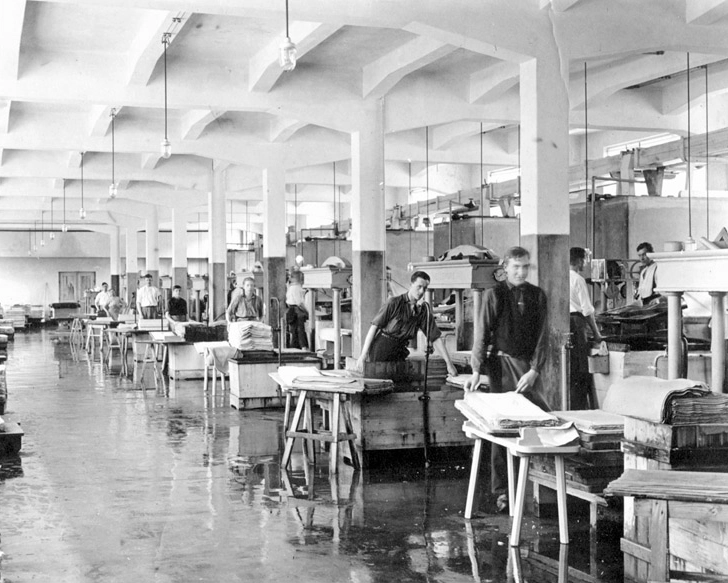
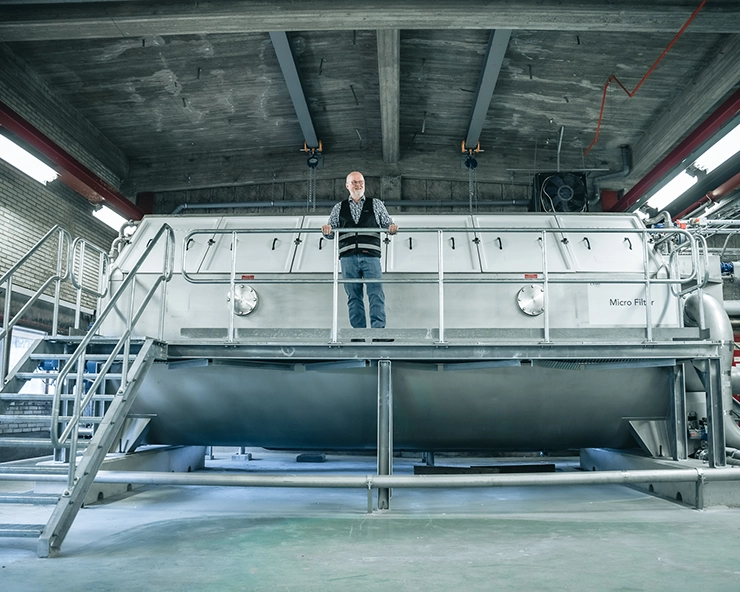
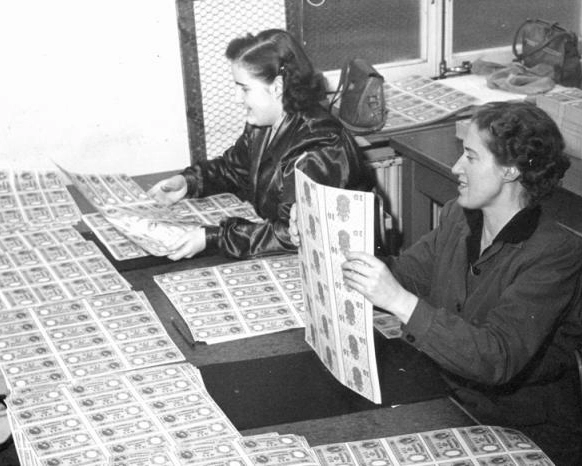
1991
COUNTERFEIT PROTECTION
Crane Currency’s innovation in banknote paper security led to the creation of the first demetallized security thread, enhancing the protection of banknotes against counterfeiting.
1879
SETTING THE STAGE
At just 26, W. Murray Crane secured a contract to produce paper for US banknotes, setting the stage for the advanced specifications and technologies used in US currency paper today.
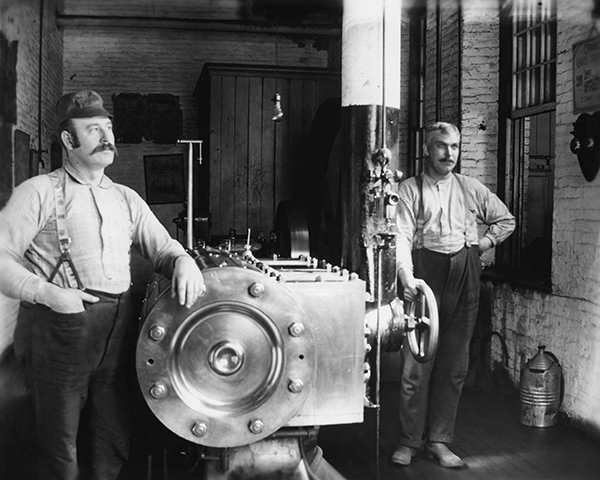
1861-1865
PAPER CLOTHING ADAPTATIONS
The Civil War and subsequent depression forced Crane Currency to adapt. They developed a durable paper for men’s shirt collars, which became a popular product and kept their paper mills operating at full capacity.
1844
SILK THREADED BANKNOTE PAPER
Zenas Crane, Stephen’s son, followed in his father’s footsteps and started his own paper mill catering primarily to banks, printers and shopkeepers. One of his sons, Zenas Marshall, created a method of vertically embedding silk thread in the banknote paper to show the denomination of the note.
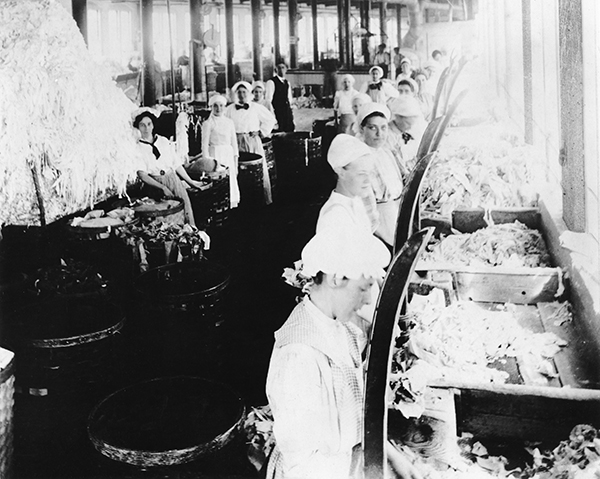
1775
THE FIRST US PAPER MONEY
During the American War of Independence, the legendary American patriot Paul Revere applied his talents as an engraver to producing printing plates for the first ‘US’ securities – a precursor to the first US paper money. The paper banknote paper was supplied by the papermaker and freedom fighter, Stephen Crane.